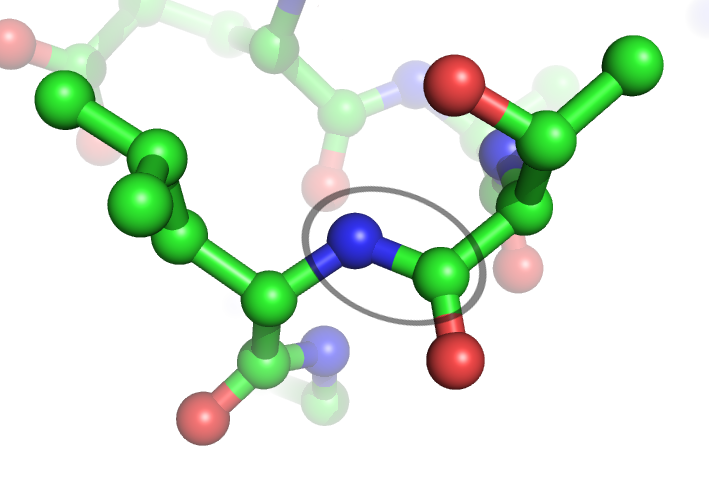And then we have the release of a water molecule. Peptide bond sometimes called a peptide.
Tutorial Proteomics Page 2 Protein Structure

Proteins Amino Acids Peptide Bonds Primary Secondary Tertiary

Peptide Bond Definition And Formation Biology Dictionary
A peptide bond is an amide type of covalent chemical bond linking two consecutive alpha amino acids from c1 carbon number one of one alpha amino acid and n2 nitrogen number two of another along a peptide or protein chain.

A peptide bond forms when. And so you have this oxygen is this oxygen and you could imagine that this hydrogen is this hydrogen and this hydrogen is this hydrogen right over here and so net net it all works out. Proteins are used in many roles including structural support catalyzing important reactions and recognizing molecules in the environment. The bond that holds together the two amino acids is a peptide bond or a covalent chemical bond between two compounds in this case two amino acids.
When is peptide bond formed. The peptide bonds are formed between a carboxyl group cooh of one amino acid and the amino group nh2 of another and this liberates water and forms an amide coon bond which is referred to. In the context of a peptide the amide group conh is referred to as the peptide group.
It is formed between a carboxyl group of one amino acid and a amino group of another. A peptide bond is a chemical bond formed between two molecules when the carboxyl group of one molecule reacts with the amino group of the other molecule releasing a molecule of water h2o. It occurs when the carboxylic group of one molecule reacts with the amino group of the other molecule.
Living organisms use peptide bonds to form long chains of amino acids known as proteins. A chemical entity consisting of two structurally similar subunits called monomers joined by bonds that can be either strong or weak. A peptides is a molecule composed of two or more amino acids.
A peptide bond is a covalent bond formed between two amino acids. The peptide bonds are formed between a carboxyl group cooh of one amino acid and the amino group nh2 of another and this liberates water and forms an amide coon bond which is referred to. The peptide bonds that link amino acid residues in a polypeptide are formed in a condensation reaction between the acidic carboxyl group of one amino acid and the basic amino group of another amino acid.

Peptide Bond An Overview Sciencedirect Topics

Peptide Bond Wikipedia

Where Does A Peptide Bond Form Biochempages Pages About

EmoticonEmoticon